TPR Storytelling
Have you wanted to include TPR Storytelling into your curriculum but didn’t know how? Here is a brief TPR Storytelling tutorial. Your students will love it and you will become proficient quickly with this method.
Research-based TPR Storytelling
There are many ways to provide the necessary comprehensible input to students: question-answer, words linked to visuals and movement, speaking to students while they identify words or pictures, speaking to students while they draw, acting out the words, writing silly sentences and having students change the sentences into logical ones. The list of strategies is long. However, TPR Storytelling is a proven method of making language stick. Here’s how to do it.
How to Do It
TPR
- Pre-teach the vocabulary with TPR (Total Physical Response), i.e., have students act out the words as you say them. I give them the English translation at first but thereafter do not use English as it interferes. Students always have the translation in front of them.
Tell the Story
- Once students can act out the new words without hesitation, tell the story while they look at the pictures. I ask them, “¿Qué número?” to make sure they are following me. They must look at the drawings and tell me what number I am on.
- Tell the story again, using student actors to help you and asking many questions as you tell it. Begin with yes/no questions, then either/or, then finish the sentence, where, when, or any other question you can think of that will allow you to repeat the vocabulary in context as often as possible, as often as 20 times for one sentence. If you are bored, you’re probably doing it correctly. In order for a word to stick, students must hear it 72 times in context.
Assign the Activities
- Have the students complete the activities afterward. The activities should progress from recognition to production: true/false, put events in the correct order, fill in the missing words, and write your own story. As students work on the activities, they are once again reading the words in context, and, later, manipulating the language themselves as they answer questions and, ultimately, write their own story using the new vocabulary.
Now you are ready to be a TPR Storytelling expert! For more TPR Storytelling strategies, click on the following blog post: How to Tell a Story Using TPR Storytelling Strategies
You can find TPR Stories in my store for many vocabulary and grammar concepts. Here is a Spanish One TPR Story with illustrations.
If you’d like a year’s supply of TPR Stories, videos, and comprehensible input for Spanish One, click on the image below.
Below is a video tutorial on TPR Storytelling Strategies.
Have you used Blaine Ray’s TPR Storytelling Stories or novelas for comprehensible input? I have used many, especially in Spanish Three. They are all in Spanish and recycle vocabulary for repetition in context.






